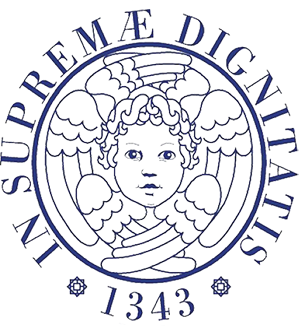Definition:
The ligation and section of vas deferens, also known as vasectomy, is a surgical procedure that involves the permanent interruption of the vas deferens, with few exceptions. Surgical re-channeling has a 60% success rate.
The deferent duct or deferent vase or deferent channel is part of the male genital apparatus. In physiological conditions, each individual possesses two deferent ducts, ie muscle vessels (surrounded by smooth muscles) that connect left and right epididymis to ejaculation ducts to convey sperm. Each of these ducts is about 30 centimeters long. They are part of the sperm cords. The smooth muscle of the duct wall shrinks by reflex, moving the sperm forward. The sperm is thus transferred from the deferent to the seminal vesicle. Vasectomy causes azoospermia in 90% of cases, within 82 days and after 12-15 ejaculations, and a possible spontaneous re-channelization usually occurs within 12 weeks.
Directions:
Didimo-epididymal chronic inflammatory processes.
Technical Description:
This is a simple but delicate surgery.
The patient should be visited to exclude local problems that may contraindicate the operation. The surgery is usually done in local anesthesia.
Surgical technique involves sedation and local funicular anesthesia in a heated environment that prevents the contraction of scrotum, incision of the skin, exteriorization of the deferent duct from the skin breach and its incision are the successive steps that the various standard techniques have in common. They differ essentially in the occlusion techniques of the two deferential stumps, which correlate significantly with rates of failure of vasectomy and spontaneous re-channelization:
- simple binding of the two stumps with wires (re-channelization 1-5%);
- vascular clips on the 2 stumps (re-channelization 1%);
- electrocoagulation (EC) of the mucous membrane with electrophoresis (re-channelization 0.5%);
- folding back of the stumps;
- interposition of the deferential band restrained on the stump that statistically offers greater success guarantees especially in young people.
Preparation for intervention:
The patient must undergo pre-surgery examinations, be subjected to local trichotomy immediately before surgery and must remain fast from the previous night. On the morning of the examination, a broad spectrum antibiotic therapy should be started.
Duration of intervention:
It usually does not exceed thirty minutes.
Type and duration of hospitalization:
Day surgery
Results:
Good.
Complications:
The immediate complications of vasectomy are hematoma (0.9- 29%, median 2%) and infection (2-38%, median 3.4%). A particular aspect is the sperm granuloma that is formed by the leaking of seminal fluid from the testicular stump and that:
- is rarely symptomatic;
- prevents or reduces epididymal alteration (by reducing intra-epididymal pressure);
- increases the chances of microsurgical reconversion.
In the case of pain in the site of a sperm granuloma it is recommended to remove the granuloma and the electrocautery of the testicular stump to prevent recurrence; in the case of persistent scrotal pain (epididymal area) it is advisable to reopen the testicular stump, leaving it open to reduce intra-epididymal pressure, which foster granuloma formation.
The long-term effects of vasectomy are represented by:
- nodular deferentite in 66% of cases;
- anti-sperm antibodies in 60-80% of cases, which generally decrease in 2-4 years;
- deferent-cutaneous fistula;
- increased intra-epididymal pressure.
The intra-epididymal pressure increase causes:
- chronic pain in 33% of cases, but only 5% is required for treatment for which are proposed: NSAIDs, epididymectomy with removal of testicular stump, vasovasostomy (which resolves in 69% of cases), open testicular stump technique;
Attention when discharge the patient:
Oral administration of antibiotics should be prescribed for 5 days, daily medication. It is not necessary to remove the suture stitches of the skin that will hydrolyze themselves spontaneously. We recommend to avoid heavy work for 3-5 days.
How to behave in case of complications after discharge:
In the event of fever or significant increase in the scrotum volume, contact the reference hospital.
Checks:
A check visit should be carried out within 5 and 10 days.

